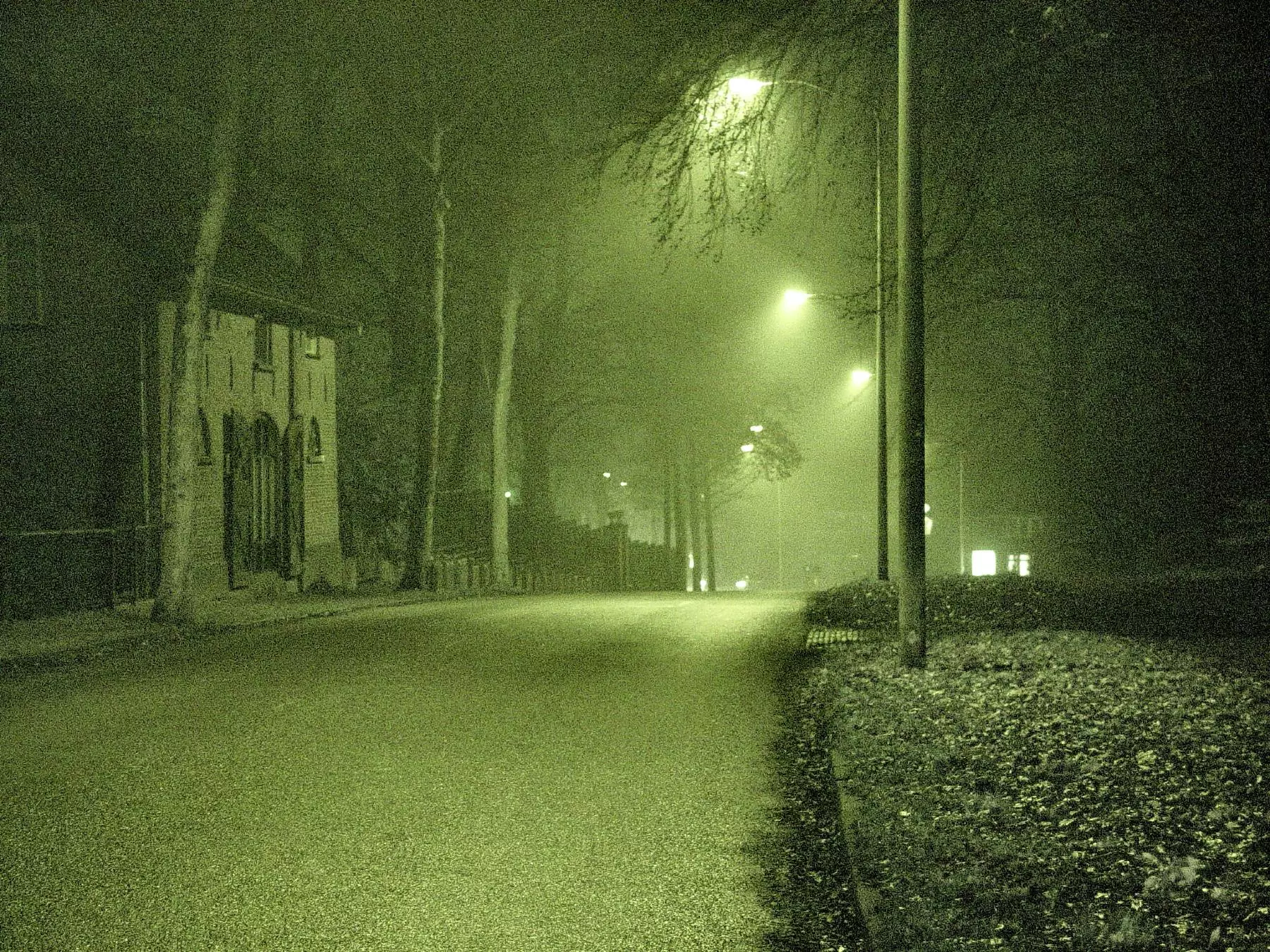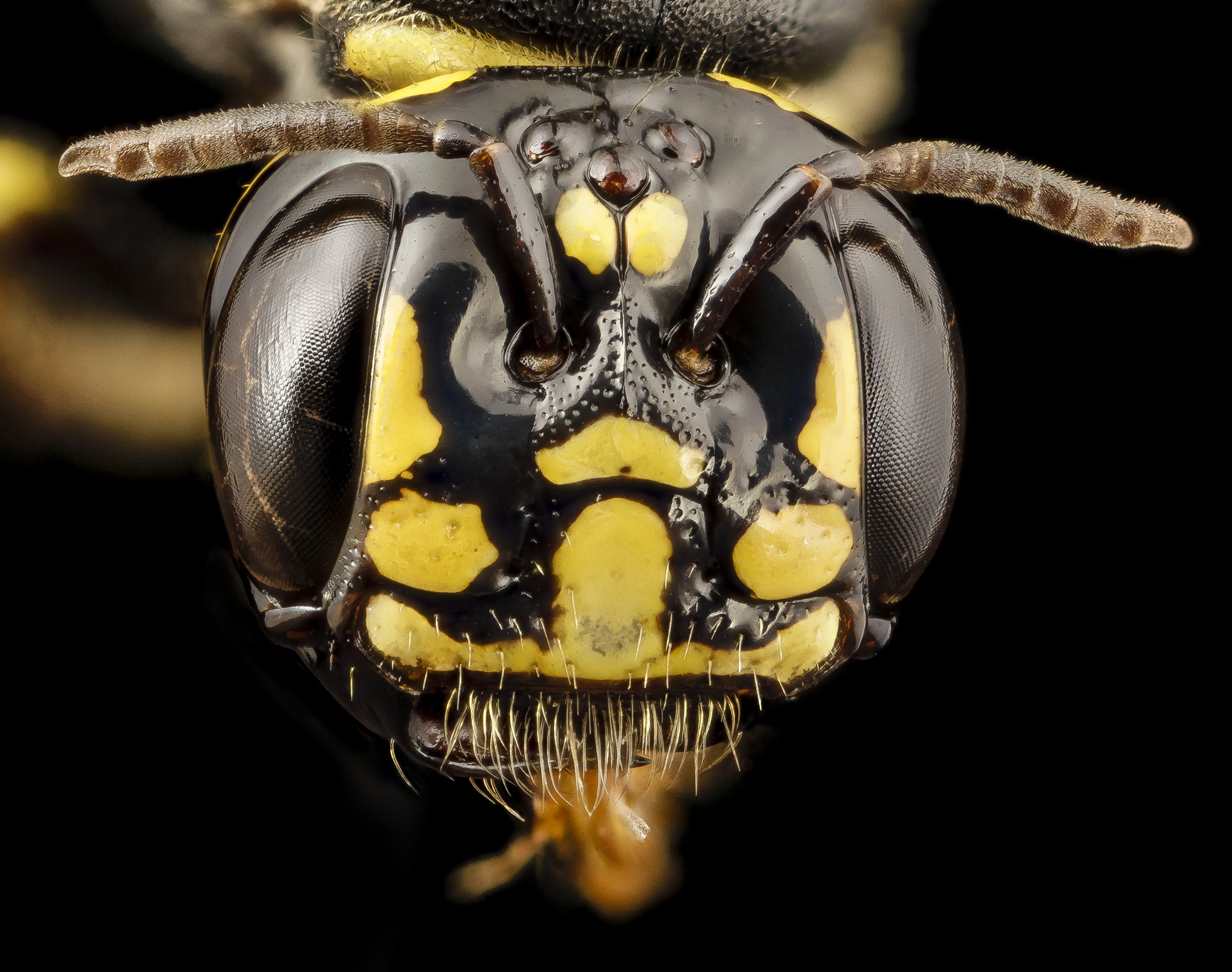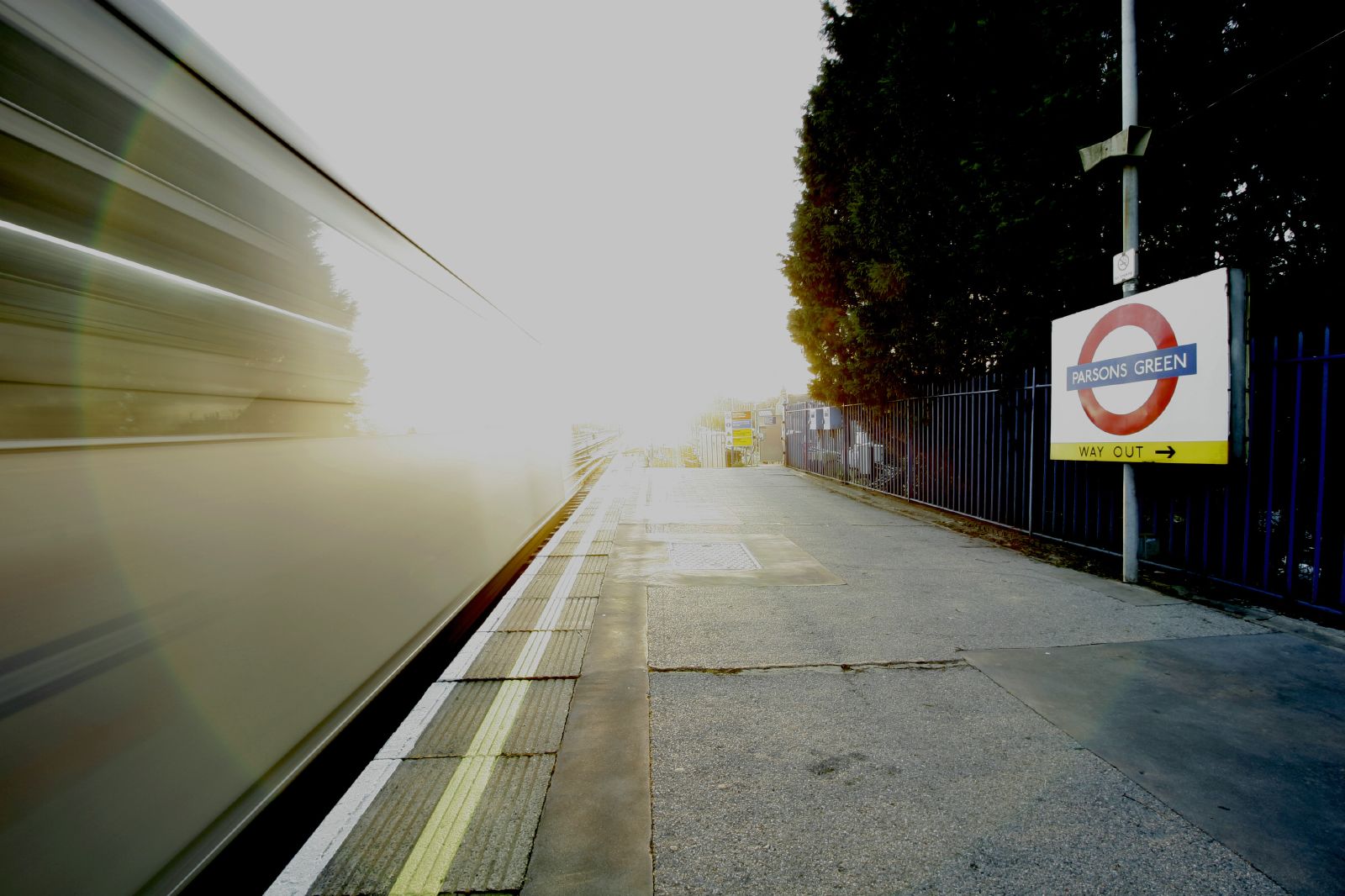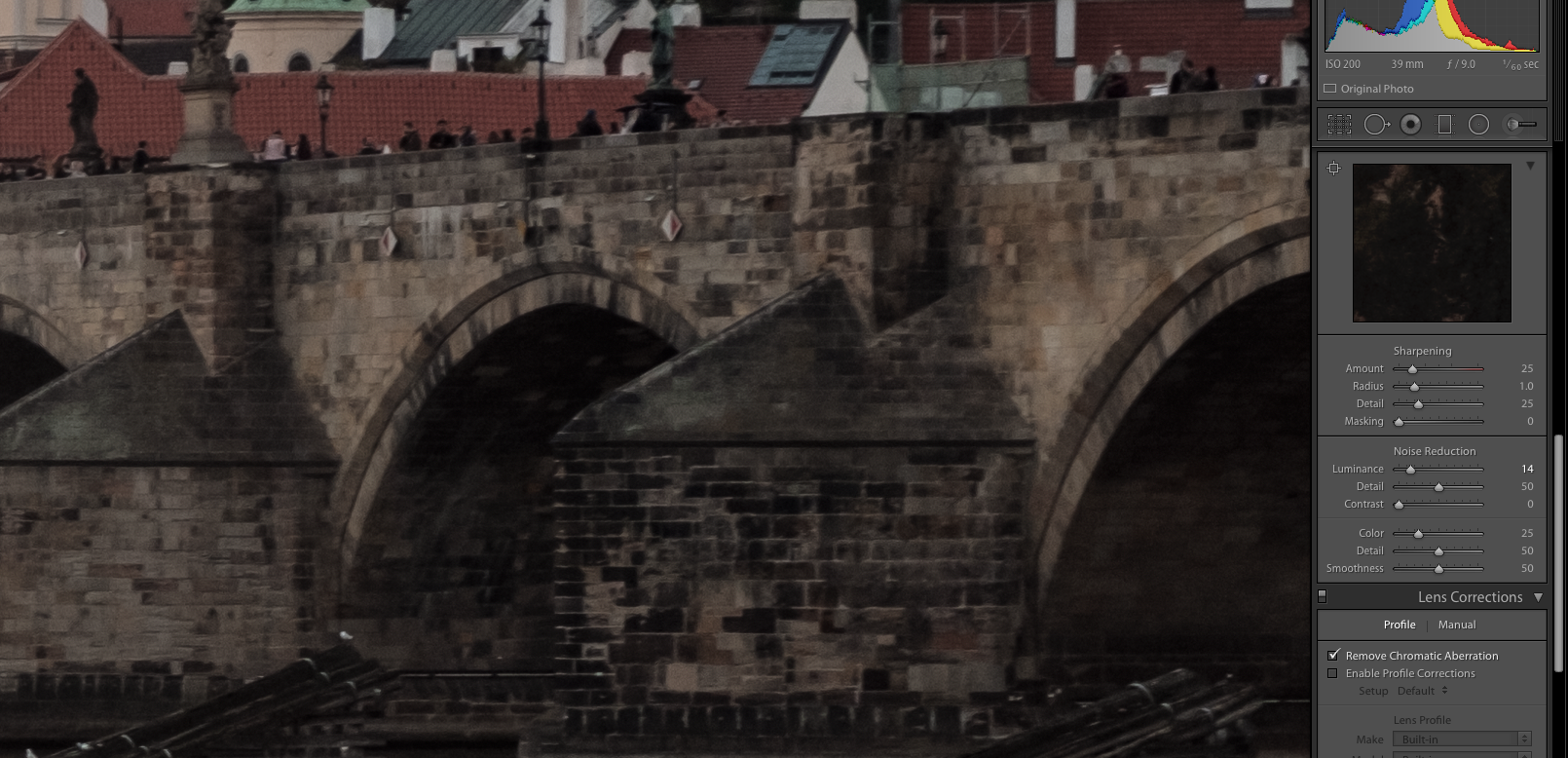If you joined photography during the digital era, chances are that you will know the effect known as grain by a different name – noise. Whilst we might embrace noise in some images, for many others, it can ruin the entire look. Noise, however, is a relatively simple thing to avoid whilst taking a photo or to reduce in post production. Before we head off to look at how to fix grain or noise, let’s take a look at what it is.
Why We Get Grainy Photographs
Grain or noise is created when we increase the ISO of our cameras. The higher the ISO the more noise we will get. Even at the lowest ISO our cameras will have some noise and that can be exacerbated by getting the exposure wrong.
The reason we increase the ISO on our cameras is generally that there is not enough light to get a good exposure. Increasing the ISO increases the sensitivity of our sensor but at the cost of more noise. We can also cause grain in post production by pushing our edits too far.
Let's look at 5 fast fixes for grainy photographs.

Keep The ISO Low
As the primary cause of noise is higher ISO levels, the obvious fast fix is to keep your ISO levels as low as possible. Always use shutter speed or aperture to control exposure before increasing your ISO. If your shutter speed is getting too slow for you to avoid camera shake, then open your aperture. Only once you reach the fastest aperture and slowest usable shutter speed should you increase the ISO. One quick tip is if you are using Auto ISO, set an ISO maximum that does not introduce too much noise.

Use A Tripod
If you know you are going to shoot in low light, then take a tripod along with you. The tripod will allow you to shoot much slower shutter speeds than you would by hand holding whilst keeping the ISO as low as possible. If you do not have a tripod with you, find a solid location such as a wall and cushion the camera with a rolled up shirt or similar.

Get The Exposure Right
As mentioned above, even at low ISO levels if you get the exposure wrong, you risk introducing noise into your photo. One way to make sure your exposure is correct is to consult your camera’s histogram. A histogram is a graph that defines the distribution of light through your images. If any of the graph is spilling off the left side, you are under-exposing. If any falls off the right, you are over-exposing.
Under-exposure is more likely to introduce noise into your image, particularly in the shadow regions.

Shoot A Multiple Exposure Image
If you are not able to take a tripod with you and the light levels are getting too low, this is the fast fix for you. Simply increase the ISO to get a suitable aperture and shutter speed then shoot several images all at the same exposure. Try to shoot on continuous drive mode and keep the camera as still as possible.
The reason for this is that noise never manifests itself in the same place in different images. By shooting a short sequence at the same exposure, we can merge them together in Photoshop and dramatically reduce the noise. Photoshop will also make a good job of ironing out any slight movement between exposures. Look out for an upcoming article on how to do this.
Reducing Grain In Post Production
Lastly, if all else fails or if you want to correct images shot at high ISO by mistake, you can use post-production. Most photo editing suites such as Lightroom or Photoshop have built-in noise reduction functions. These are pretty good for most levels of grain or noise.
One thing that will help you reduce noise in post-production is identifying whether the image has luminance noise or colour noise. Luminance noise is the more common and is where only the brightness of the pixel is effected. Colour noise is where pixels had slightly varying shades of colour. It is possible for an image to have both. Both can be dealt with by noise reduction algorithms in your software.

If you have some serious noise issues, then you can also invest in third-party dedicated noise reduction software. These often deal with severe noise better than the built-in versions. They come as stand-alone packages or as plugins for popular editing suites.
Excessive noise can ruin a good photo but it is relatively easy to avoid. If you identify that the light levels are getting low, keep an eye on your ISO and prevent your Auto ISO from pushing too far. If you are manually setting it, establish a level below which the noise is acceptable and base your shooting strategies around that. If you know you are going to shoot in low light, take a tripod or shoot multiple exposures. If all else fails to try to reduce it in post-production.
One thing to think about though is, will noise ruin or enhance my picture. Is worth considering before trying to eliminating it all together.
To take your post-production skills in noise recovery up a notch and get to know all of the skillset you will need to edit a photograph properly, you will want to continue your learning with this guide.




